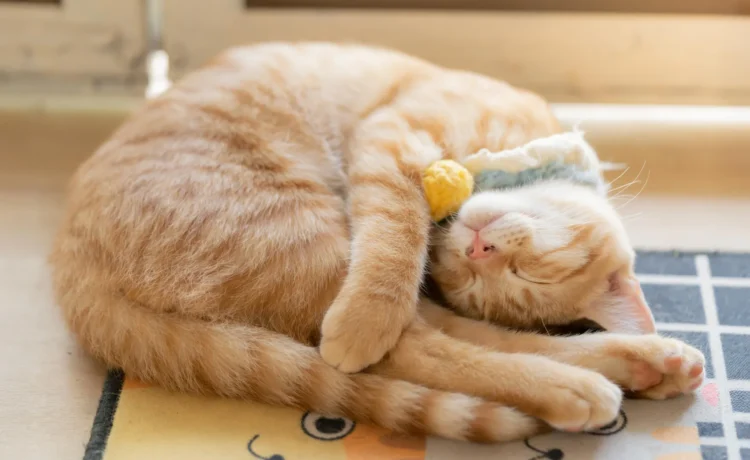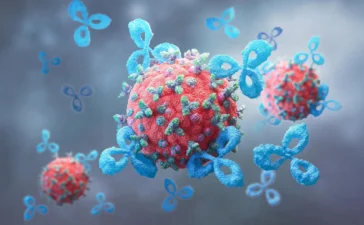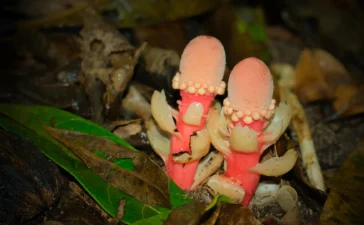Cats prefer to sleep on their left side. This is the conclusion drawn by an international research team that analyzed several hundred YouTube videos of sleeping cats. The researchers see this bias as an evolutionary advantage because it favors hunting and escape behavior after waking up. The team from the University of Bari Aldo Moro (Italy), Ruhr University Bochum, Medical School Hamburg and other partners in Germany, Canada, Switzerland and Turkey report on the study in the journal Current Biology, published online on June 23, 2025.
All animals are particularly vulnerable while sleeping. Cats sleep around 12 to 16 hours a day, preferably in elevated places where their predators can only access them from below. The research team around Dr. Sevim Isparta from the Animal Physiology and Behaviour Research Unit in Bari and Professor Onur Güntürkün from the Bochum working group Biopsychology wanted to find out whether cats prefer to sleep on one side or the other. “Asymmetries in behavior can have advantages because both hemispheres of the brain specialize in different tasks,” says Onur Güntürkün.
Perceiving dangers with the left visual field brings advantages
The group analyzed 408 publicly available YouTube videos in which a single cat was clearly visible with its entire body sleeping on one side for at least ten seconds. Only original videos were used; modified or flipped material was excluded from the study. Two thirds of the videos showed cats sleeping on their left side.
The explanation: Cats that sleep on their left side perceive their surroundings upon awakening with their left visual field, which is processed in the right hemisphere of the brain. This hemisphere is specialized in spatial awareness, the processing of threats and the coordination of rapid escape movements. If a cat sleeps on its left shoulder and wakes up, visual information about predators or prey goes directly to the right hemisphere of the brain, which is best in processing them. “Sleeping on the left side can therefore be a survival strategy,” the researchers conclude.
Cooperation partners
- University of Bari Aldo Moro (Italy)
- Ruhr University Bochum (Germany)
- Medical School Hamburg (Germany)
- Research Institute for Farm Animal Biology (Germany)
- University of Prince Edward Island (Canada)
- Kafkas University (Turkey)
- Federal Food Safety and Veterinary Office (Switzerland)
You Might Also Like
Eating more vitamin C can physically change your skin
Scientists at the University of Otago, Faculty of Medicine -- Christchurch Ōtautahi, have identified a direct connection between how much...
MIT scientists strip cancer of its sugar shield
A research team from MIT and Stanford University has developed a new technique designed to push the immune system to...
This “mushroom” is not a fungus, it’s a bizarre plant that breaks all the rules
In the damp shade beneath moss-covered trees, high in the mountains of Taiwan and mainland Japan or deep within the...
A quantum mystery that stumped scientists for decades is solved
A global research team led by Rice University physicist Pengcheng Dai has verified the presence of emergent photons and fractionalized...










